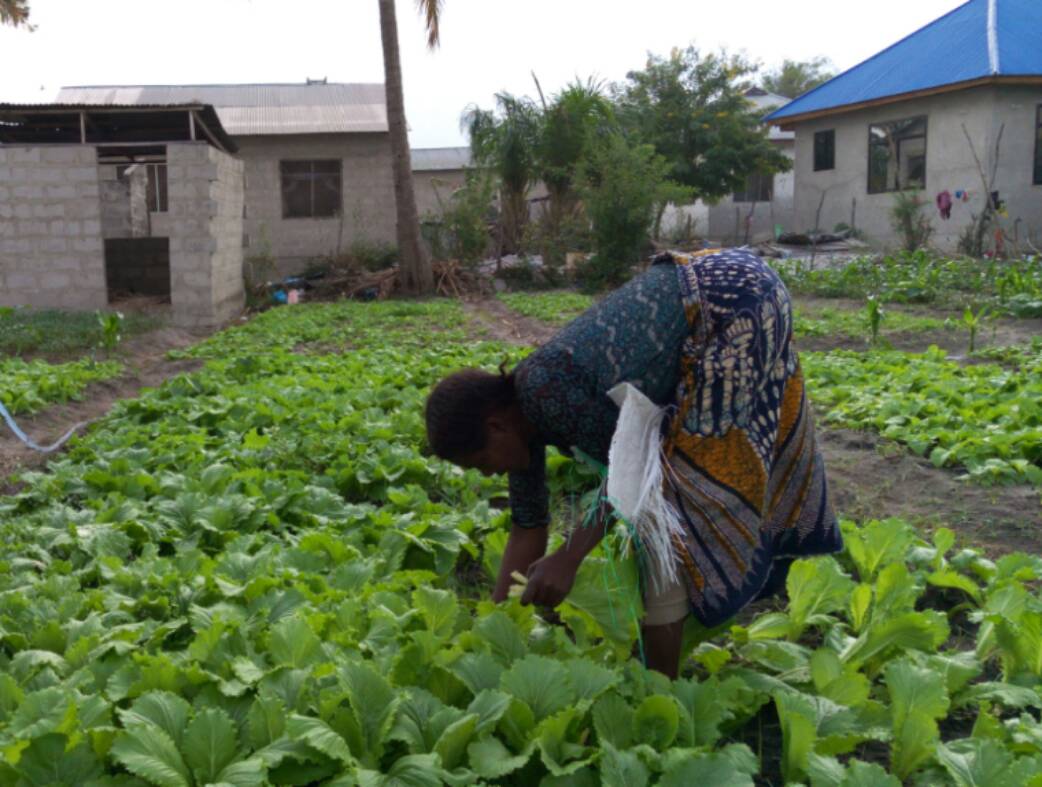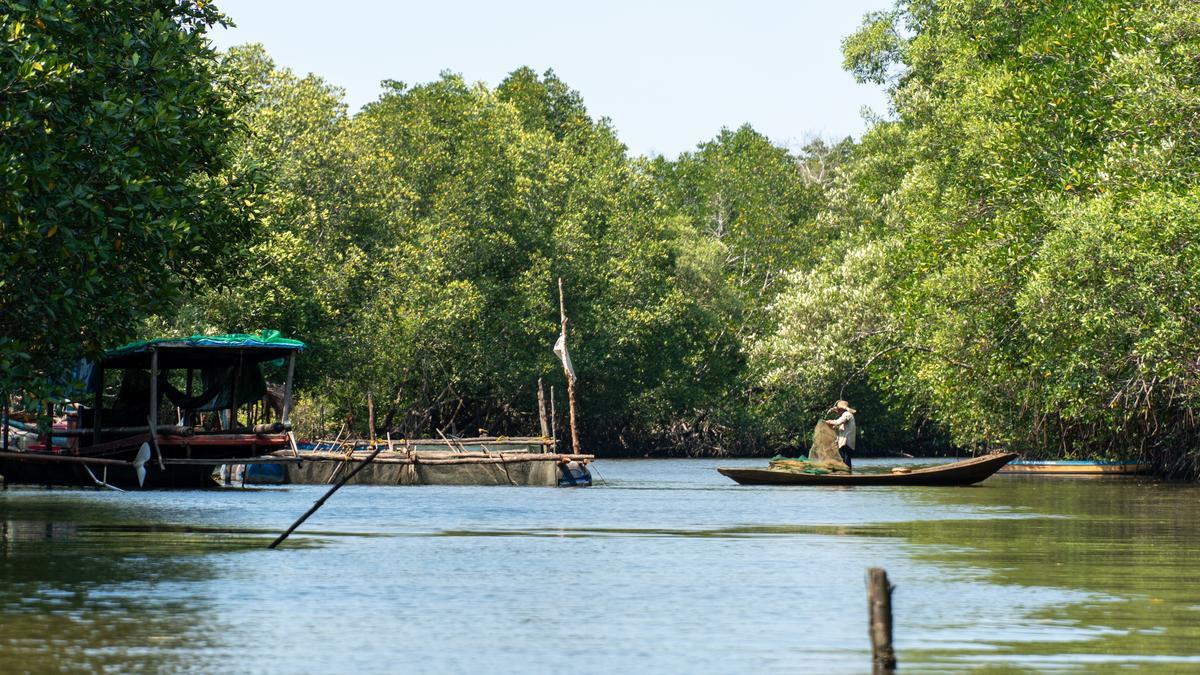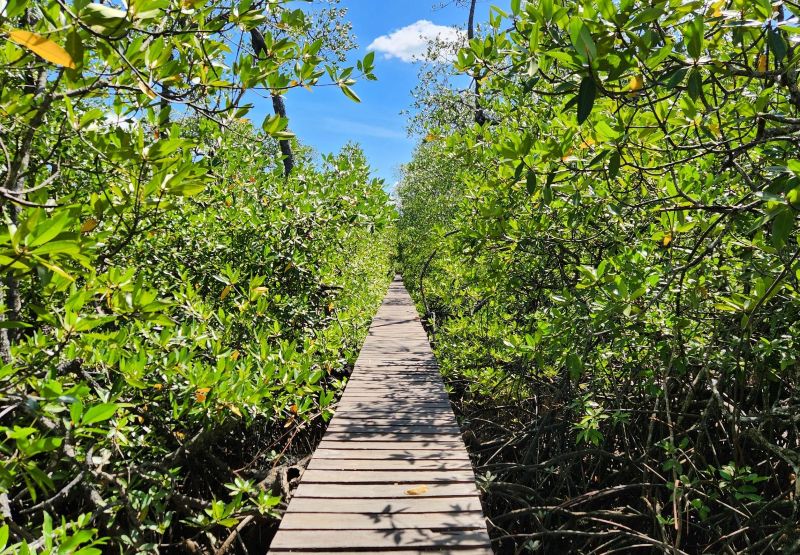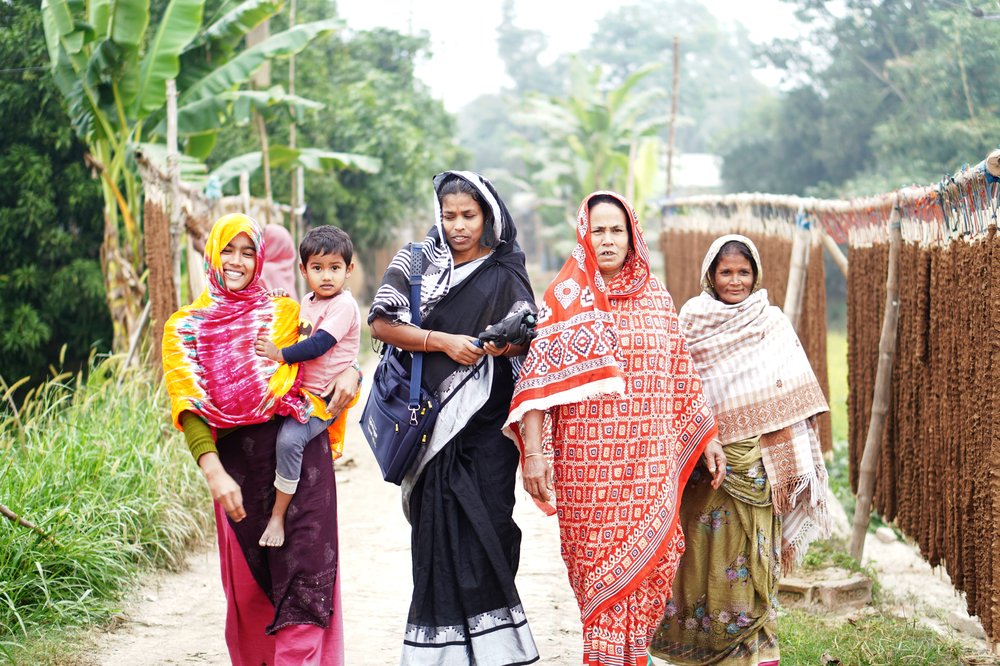To strengthen legal and socially recognized land rights for women and foster greater collaboration and shared learning among women’s land rights practitioners, Landesa established the Visiting Professionals Program Women’s Land Rights Network. The network consists of grassroots and civil society advocates, government officials, academics, and researchers committed to strengthening women’s land rights globally by shaping policy reform, changing public perceptions, setting research priorities, and implementing programmatic interventions.
The following blogs, authored by the 2018 Visiting Professionals Program cohort, synthesize some of the work that Landesa’s Visiting Professionals are doing to strengthen women’s land rights around the world.

“Improving women’s land rights beyond access and use brings about agricultural productivity, increased food security that leads to zero hunger, poverty reduction, a healthy society, education for all and the nation’s sustained social and economic development.”Read “Ensuring Secure Land Tenure for Women Beyond Customary Land Rights in Liberia“
By Gmasonah Togba-Aboah
“Women are particularly vulnerable to losing their forestland. Women are playing more and more important roles in forestry development as men migrate to cities, but insecure land rights may affect their interests. Many women do not have a good understanding of their legal rights to forestland.”Read “Critical Issues in Collective Forestland Tenure Reform in China“
By Libin Wang

“According to the 2016 Global Climate Risk Index, Myanmar is the second most vulnerable country of climate change in the world and also has the third-highest annual rate of deforestation. Forests play a major role not only in climate change mitigation but also in reduction of poverty.”Read “Empowering Women in Forest Governance Contributes to Forest Conservation and Poverty Reduction“
By Aye Chan Myae
“Community participation in the decentralization of advocacy is very important for ensuring strong results, but is too often given little or no attention. It is important that we support community level advocacy in order to strengthen the bottom-to-top approach, or we stand to lose the potential that community effort tends to bring to the cause of women’s rights and community development.”Read “Community Level Advocacy: Creating the Space for Women and Youth“
By Julie Weah

“Tanzania plans to be an industrialized country by 2025, and the government’s efforts are currently promoting industrial activities from small to large scale. Special attention is on the increase to agricultural productivity. However, it may be impossible for the government to meet this goal of industrialization, and other commitments like the United Nations Sustainable Development Goals (SDGs), unless women are granted equal inheritance rights alongside men.”Read “Gender-Responsive Inheritance Laws: A Missing Opportunity for Industrializing Tanzania’s Economy“
By Anna Meela
“According to the McKinsey Global Institute, closing the gender gap in the economic realm in India could add at least US $700 billion to the GDP by 2025 – an increase of 18 percent. The potential gains go beyond providing a boost to the national economy and growth rate. Enhancing economic opportunity for women is also critical to reducing feminized poverty, augmenting inclusive growth, and enhancing the welfare of their children.”Read “Empowering Women Entrepreneurs in India Through Industrial Land Rights“
By Kanta Singh
“When the United Nations adopted the 2030 Agenda for Sustainable Development in Sept. 2015, land rights were included in the targets on goals related to poverty, hunger, and gender equality. Getting land rights targets into the 2030 Agenda was a major step forward. Those targets, however, will be of questionable value without a way to measure progress toward the targets. How can governments and the broader global development community move the needle forward on women’s land rights without a gauge — or without agreement on exactly what the gauge was to measure?”Read “The Gender Equality Leap Forward: Monitoring and Advancing Women’s Land Rights Through the SDGs“
By Pranab Choudhury

Related blogs


